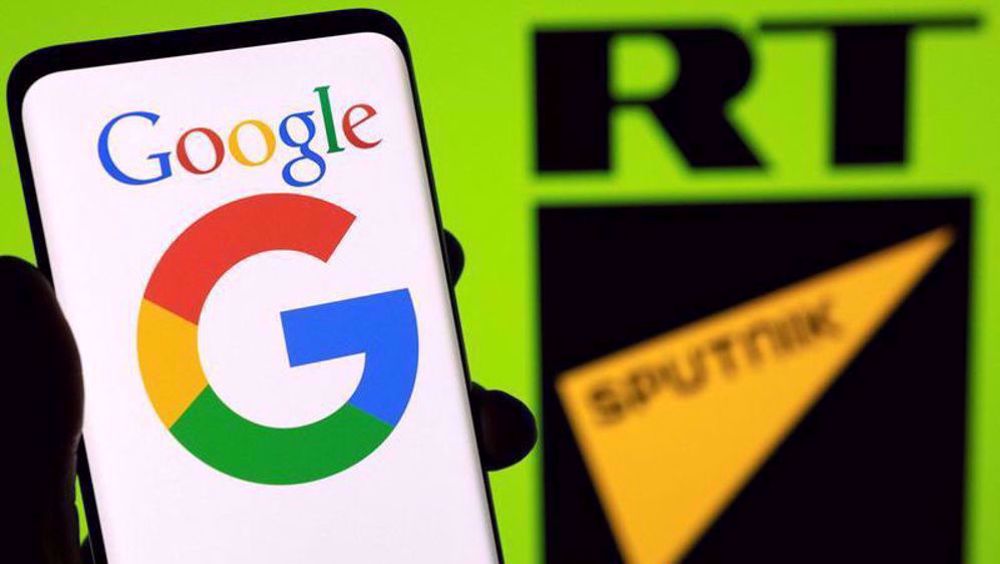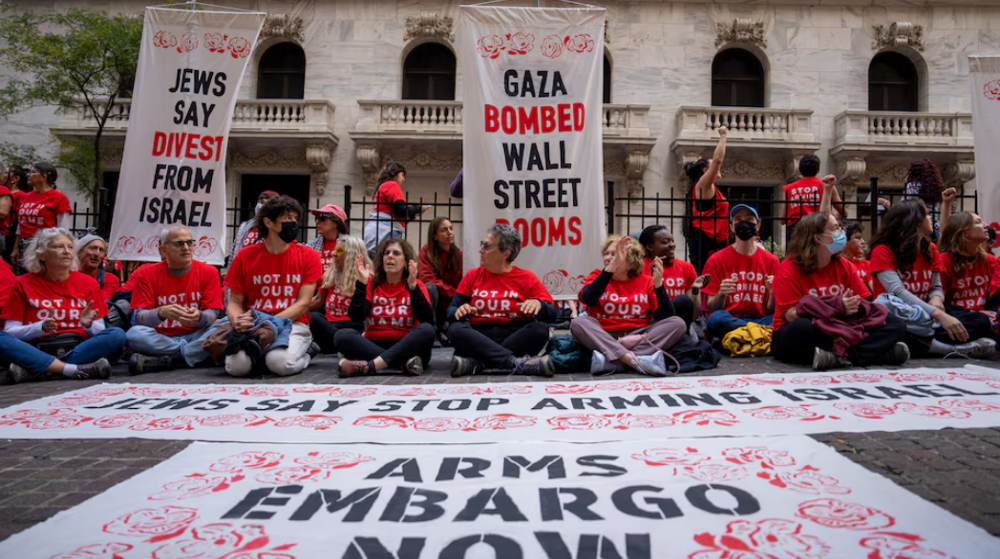Anti-racism protest signs destined for US museum exhibit
Following weeks of protests over the death of George Floyd while in police custody, curators from the Smithsonian in Washington have begun collecting artifacts for an eventual exhibit.
"It could be a tee-shirt; we are looking at the masks that folks are wearing saying, 'I can't breathe'. It could be a baseball cap, a button or protest signs,' explained Aaron Bryant, a photography and social protest historian and curator at the African American History and Culture Museum.
One site that provided ample material was a tall fence erected outside the White House, which demonstrators plastered with posters, paintings and photos to honor black people who lost their lives at the hands of police.
Many graffiti artists have also created protest murals across the country using boarded up businesses as their canvas.
Bryant says what he sees out on the streets today is vastly different from the protest artwork of the 1960s civil-rights era.
Back then, most of the signs were created by professional artists and graphic designers. They were also professionally printed using a technique aimed at generating a visual consistency among the various messages, according to Bryant.
"Today people are making signs by hand...and running out the door and joining protests. So you have a lot of diversity in what you see," he said.
Another major difference is the global reach of the protests, with artwork dedicated to Floyd popping up in places as far afield as Syria and Paris, even though he died in Minneapolis.
"Because of social media and because of advances in technologies - the use of cell phones, computers and tablets - we can create community that extends as far as the Internet and we can create that community in seconds," Bryant explained.
But despite the eclectic nature of the material, he has observed a common thread.
"What I see mostly in this art is this idea of community, humanity, people coming together to make positive social change...I think those are positive messages that will last for generations."
Source: Reuters
UK police detain Jewish scholar Haim Bresheeth following pro-Palestine address
VIDEO | Iraqi resistance strikes key Israeli targets in occupied territories
VIDEO | Press TV's news headlines
Iranian satellites launched into space as private sector debuts in space industry
VIDEO | Iran, Azerbaijan conduct joint maritime rescue operations
VIDEO | Yemen’s Red Sea divide: Naval forces block Israeli-linked ships in strategic ‘parting of the water’
VIDEO | Southern Gaza: Israel’s facade for famine and suffering
VIDEO | IOF hampering humanitarian aid









 This makes it easy to access the Press TV website
This makes it easy to access the Press TV website